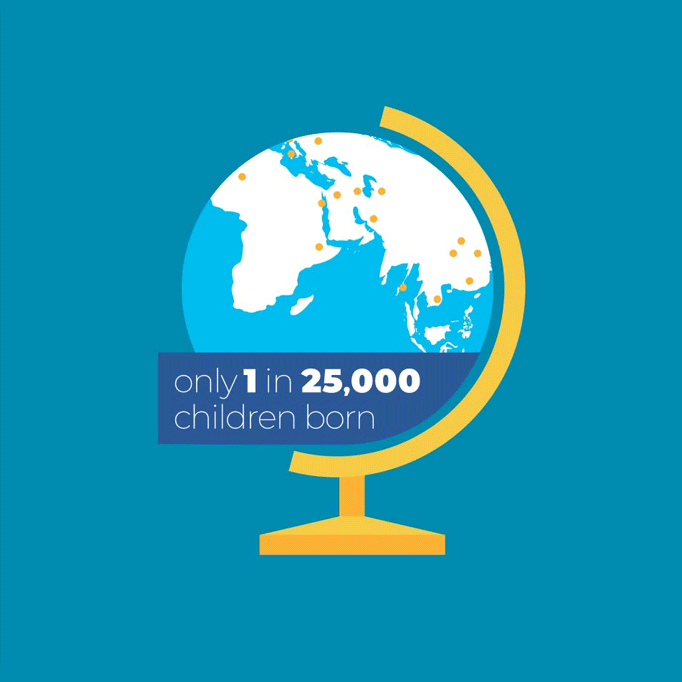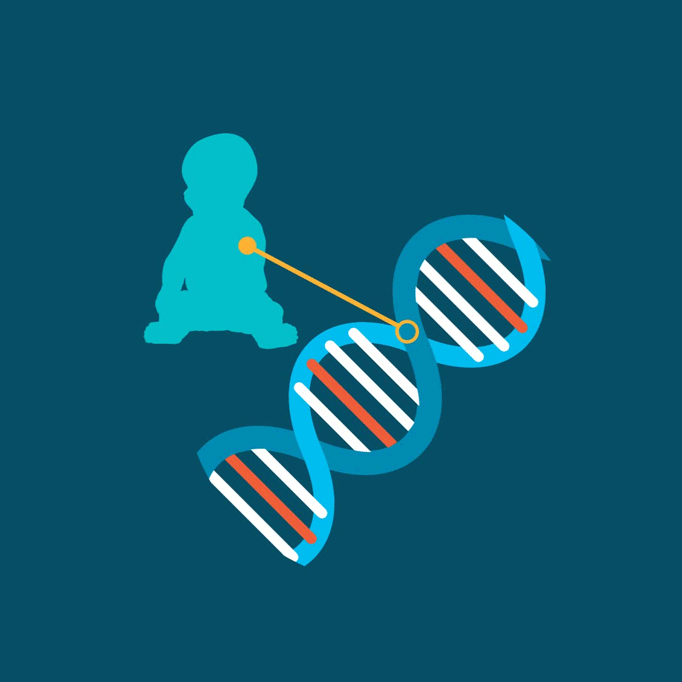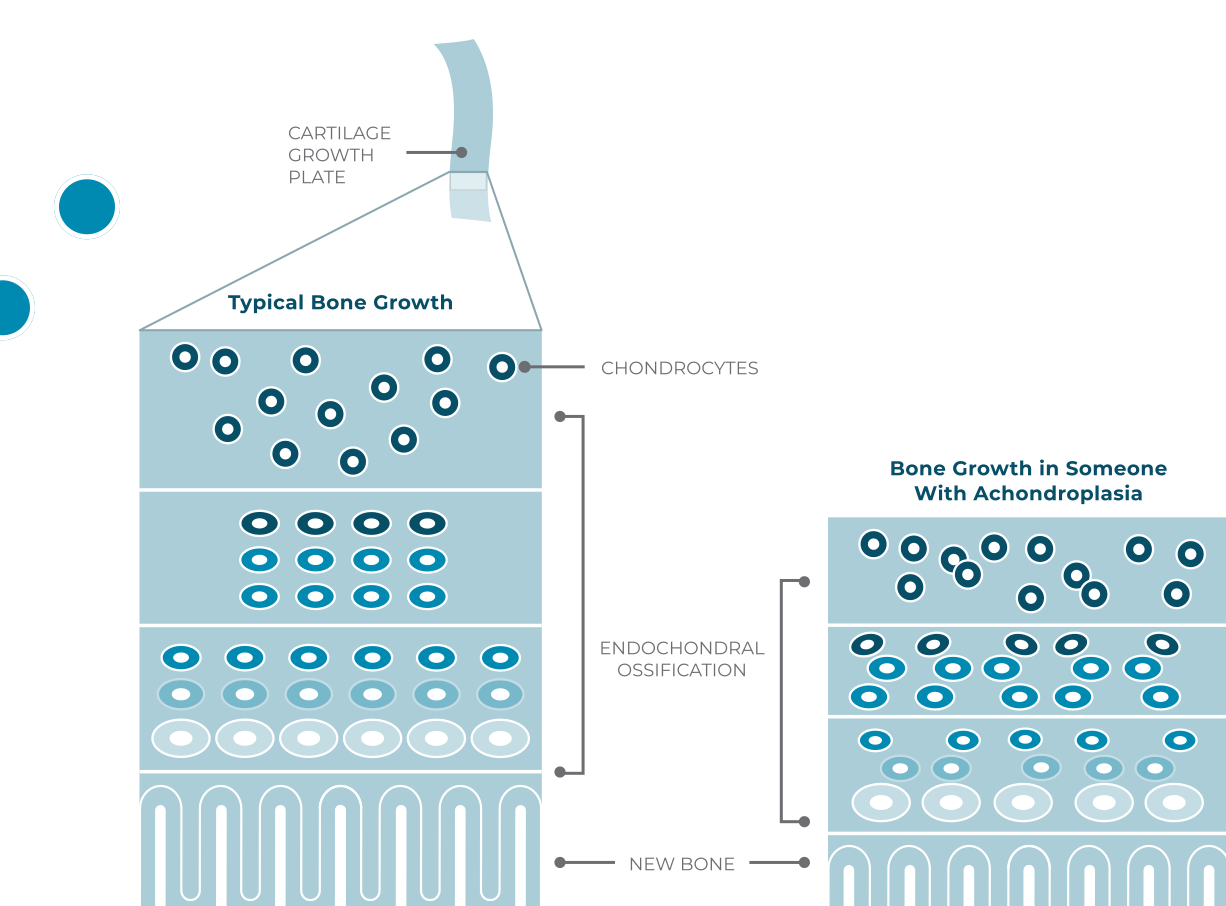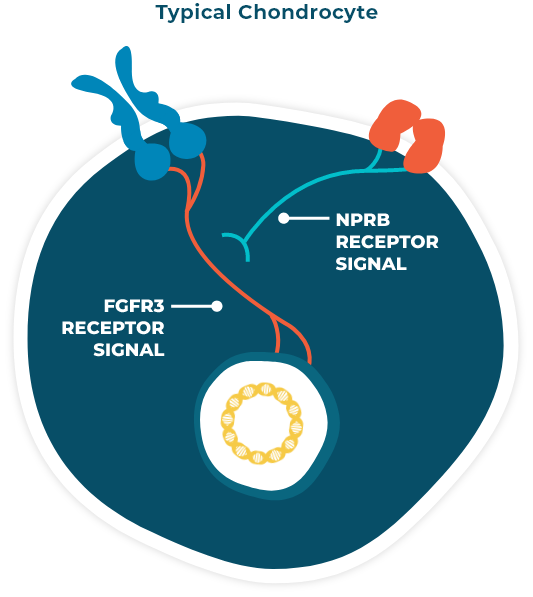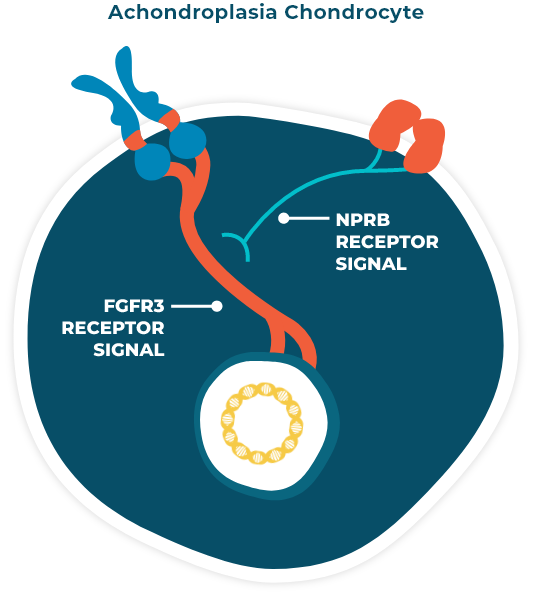ACHONDROPLASIA IS
a type of skeletal dysplasia (a condition that affects the bones and cartilage). While the most visible effects are in the arms, legs, and face, nearly all of the bones in the body are affected. The widespread impact of this condition can cause serious, progressive, and lifelong complications.1-3 Despite these complications, achondroplasia does not have to hold people back from living happy and fulfilling lives.
The more you know, the more prepared you can be for the future.
